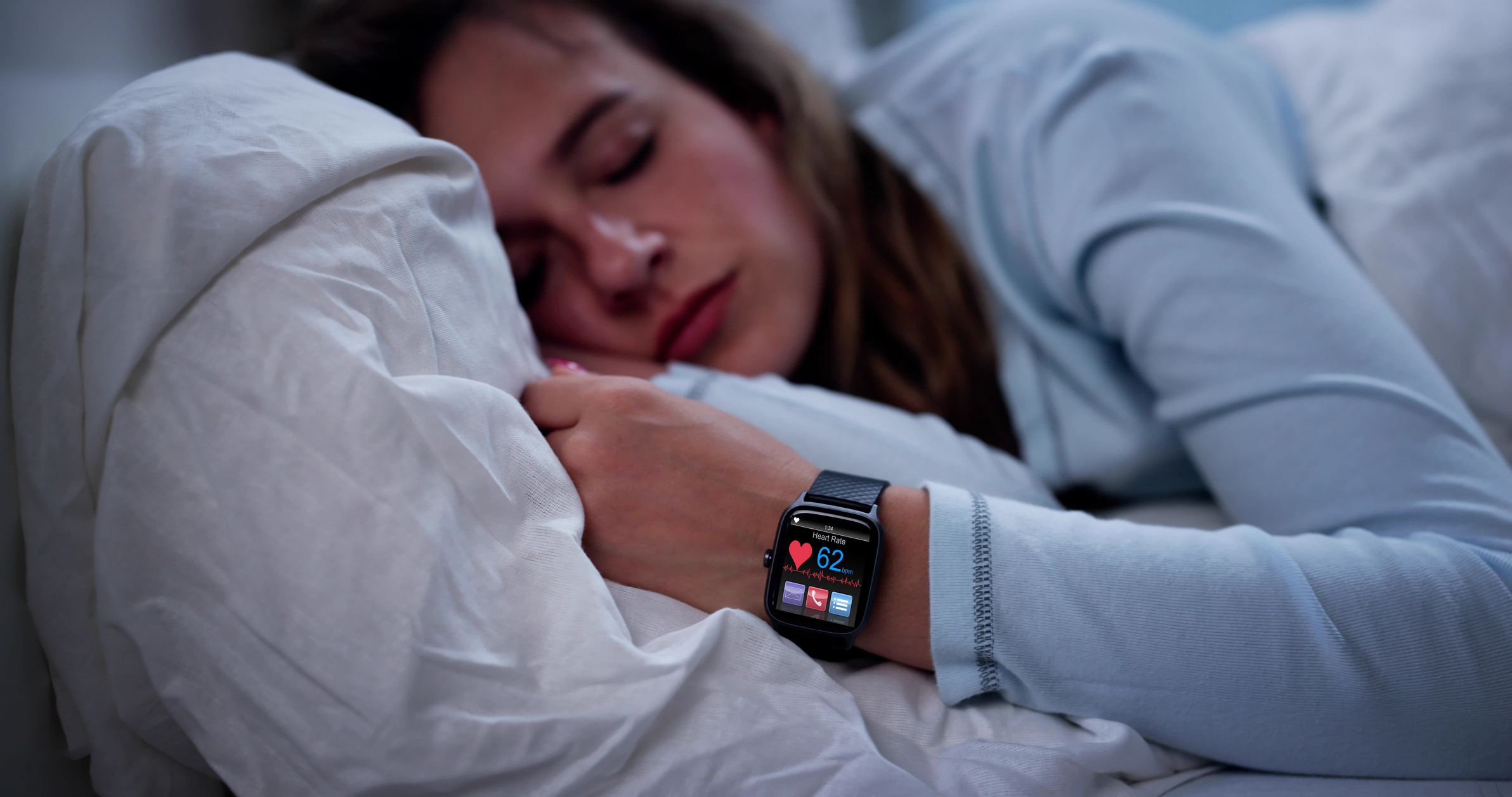Lessons from elite sport improve patient outcomes
Photo Cred: Braden Collum/Unsplash
By Liz Gold, Liz Gold, Liz Gold
Although there are some differences there are a lot of similarities and if we can start to learn a little bit from different areas that can be a huge leverage point for outcomes, said Marc Bubbs, ND, MSC, CISSN, CSCS, at the 2022 Integrative Healthcare Symposium in New York City.
Bubbs, who is the director of nutrition for Canada Basketball and a consultant performance nutritionist for professional and Olympic athletes, kicked off his session asking the audience “what is really limiting human performance?”
He talked about the importance of different types of learning environments. For example, the “kind” environment consists of choosing a strategy and then evaluating. Research falls into this category, as with research there is a search for one good way. “Let’s all agree on it and move forward,” Bubbs said.
But when we move into chronic conditions, there isn’t just one way, according to Bubbs. These are “wicked” environments.
Wicked environments, however, have more complexity, uncertainty, and ambiguity. In these environments, evaluating is first and then strategy is chosen. Most importantly, feedback is not immediate.
“We need to evaluate first,” Bubbs said, adding, we need to do a thorough job of figuring out the whole terrain, the whole picture, and then we’re choosing a strategy. He said in this type of environment, the challenging part is that the feedback isn’t immediate.
Poor health equals poor performance, according to Bubbs. He pointed to the quote, “elite performance is incompatible with frequent illness.”
If athletes are constantly tired or run-down athletes can’t perform their best and that’s true for the rest of us, too, he said. While athletes have support systems to help with food preparation and exercise, the rest of us have to go to work and carve out time to do these things, he said. “For us, it’s life load; add stress to the system and that impacts our ability to perform,” he said.
Bubbs talked about the importance of sleep in elite sports performance and shared the results of a sleep study. The study concluded that after 10 days of delayed bedtime, 10 adult participants experienced altered eating patterns, higher glucose, higher insulin, and higher blood pressure. Lack of sleep also is associated with increased obesity.
“This lack of sleep piece becomes pretty foundational,” he said. “We know that weight gain has a strong association between lack of sleep and higher BMI.”
Bubbs said in a study evaluating 800 athletes, 75 percent got less than eight hours of sleep a night, while 11 percent got less than six hours of sleep a night.
Despite athletes knowing the importance of sleep in their routine, Olympic athletes experience poorer and more fragmented sleep quality, compared to age-and sex-matched controls.
Not only does lack of sleep compromise the immune system, but it also dysregulates blood sugar control, alters appetite cues, and impairs cognition, according to Bubbs.
He also said lack of sleep also impacts mental health as it makes it really difficult to disengage from negative thoughts.
Bubbs provided the audience with several sleep recommendations regarding sleep duration, quality, and timing. These include getting at least seven hours of sleep nightly (athletes, however, should aim for eight to 10 hours a night), developing a dedicated wind-down routine, and keeping a consistent waking time. The ideal sleeping environment, according to Bubbs, is like a cave – cool, dark, and quiet.
He said practitioners should try to nudge patients to increase sleep by weekly half-hour increments and progress from there. He said, nomophobia, the phobia of being detached from mobile devices, affects between 80 and 90 percent of college students.
“Talk about fighting an uphill battle,” he said of those statistics. “We’ve got to figure out a way to start to reorient these patterns.:
In addition, he said it’s important to hold clients and patients accountable and ask them what they plan to do to break the pattern. Practitioners can share three or four recommendations and ask patients which one they want to start with.
“Sleep is a pillar, a real foundational piece,” he said. “None of these things are groundbreaking but we have to keep our clients accountable and press on in a steady manner.”
Addressing persistent fatigue and weight gain was next in Bubbs’ session and he talked about the energy balance equation and the thyroid hormone (T3).
He said when most patients want to lose weight, they reduce what they eat and take more spin classes, which is an acute approach to weight loss.
Bubbs also addressed the adage that if you are an elite female athlete, you are going to lose menstrual function. He said, today, it is known that when female athletes maintain menses that is a better predictor of performance and it demonstrates better health.
Bubbs recommended losing weight by eating as much food as possible. He said the faster an individual loses weight, the greater the possibility for muscle loss. It’s also important to make sure there is an intake of adequate carbs. He said, ideally, 20 grams a meal. It’s ideal to lose one pound a week, he said.
If you build a quarter pound of muscle a month you are doing really well, Bubbs said. “It takes times, it’s like compound interest.”
Most women, he said, if they are not getting weight loss results, they reduce their caloric intake and increase exercise even more, a strategy he called, “circling the drain.”
“These are not the answers,” he said.
Age-related sarcopenia is a decline in skeletal muscle mass and loss of muscle strength, according to Bubbs. Sarcopenia is a major concern these days, as more of the population is aging.
He said it’s about how robust and resilient individuals are in those years, not how long someone lives.
Key metrics for healthy aging include leg and grip strength, muscle mass, and maximal oxygen consumption (V02max), according to Bubbs.
Though the recommended daily allowance (RDA) of protein is 0.8 grams, Bubbs suggested taking a minimum of 1.2 grams of protein and two grams of leucine daily to aid against age-related sarcopenia.
Bubbs said the sweet spot, however, is 1.6 grams of protein spread throughout the day in different forms.
If I can get my clients to a certain number of protein, not only does it help them now but if they get used to eating that every day they are going to see protection when they are older, he said.
He talked about time-restricted feeding, which can be a great strategy and be helpful. However, often people’s meal frequency drops from three to four meals a day to two, sometimes one, meal a day. So while it’s a good strategy, Bubbs recommends sliding in a protein snack, mid-day.
Late eating is becoming a global phenomenon, Bubbs said.
According to a study conducted by Ulster University in Ireland on late eating, more than 40 percent of the calories consumed by the more than 1,200 adult participants evaluated were eaten after 6 p.m. The study said that more calories in the evening are associated with higher intake of ultra-processed foods. In addition, more calories in the evening usually equates to more alcohol consumption and more calorie intake during the day.
“We are starting to backload those calories and the later you eat, you are not eating salmon and broccoli, you are having more processed food and alcohol, and this becomes a problem,” he said.
Overall, eating later in the day is associated with doubling risk of obesity, according to Bubbs, as well as higher inflammation and several diseases, including diabetes and heart disease.
“I am all for people living a little and enjoying the weekend, but the definition of a treat is an occasional indulgence,” he said. “If we are having it every day, it is just our diet.”
He also discussed the benefits of fasting and talked about a study from the University of Hohenheim in Germany that assessed how skipping dinner versus breakfast impacted daily calorie burn. The results found that skipping dinner burned more than double the number of calories per day compared to skipping breakfast. Whereas skipping breakfast brought higher glucose, insulin, and inflammatory biomarkers.
Bubbs said this brings some opportunities and that practitioners should figure out how their patients and clients are eating and how much they are snacking in the evening.
He said the problem is when people sit in their television room, there is an automatic response of “where is my food, where is my wine?”
That environment, he said, is triggering some of those cues. Changing that environment can be a powerful signal for many patients to break that pattern.
Bubbs recommended curbing late night eating and planning for dinner no later than 8 p.m. and nixing that late night snack for five days a week.
“I like to get the start of the day going well and clean up the end of the day,” he said, adding that keeping care plans simple will more likely be remembered a year or two later, than detailed protocols.
Bubbs closed by talking about the importance of mindset and building trust with athletes. He said the best performers start with identity first – recognizing that they are a person who does a particular thing.
“Identity is our values,” he said. “When we talk to our patients and clients about their values, it serves as a North Star when we change these behaviors. Now that you know what they are all about and they expressed what they are all about it becomes obvious to them when their behaviors and habits are in opposition.”
















